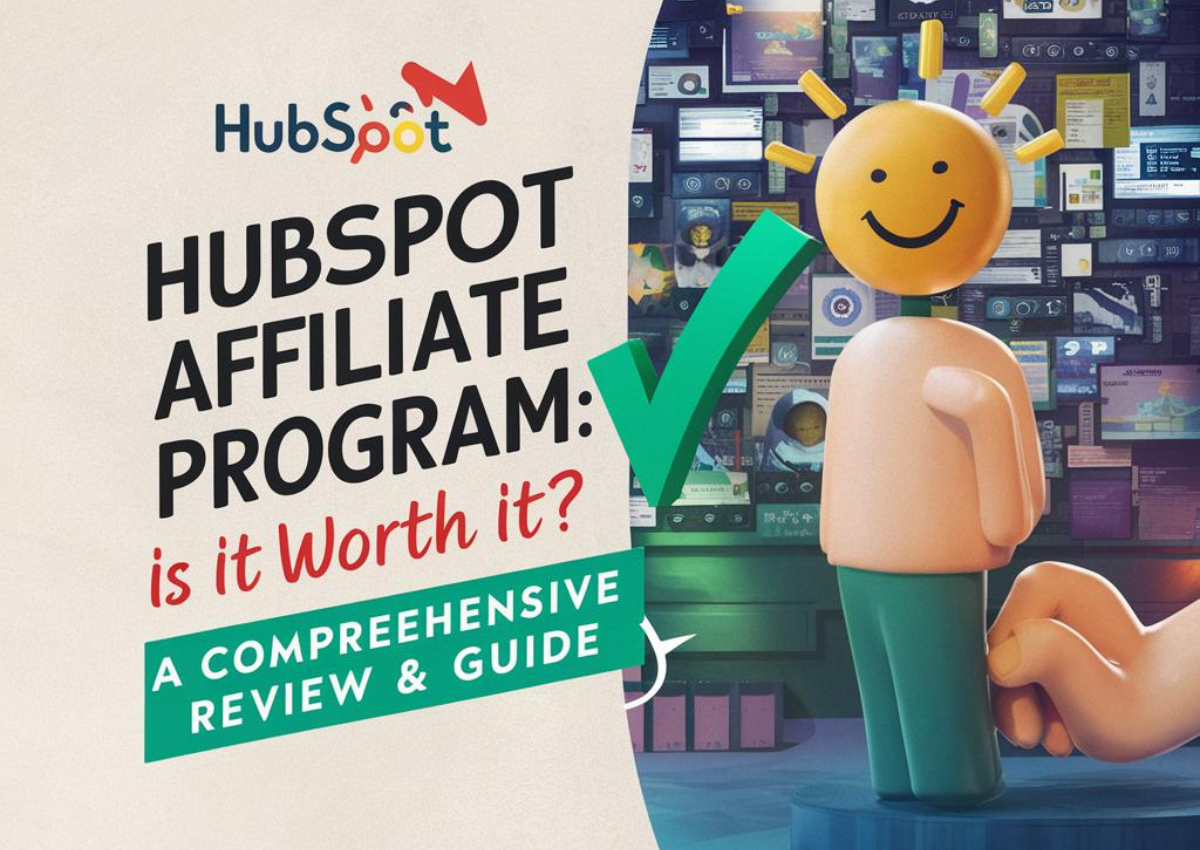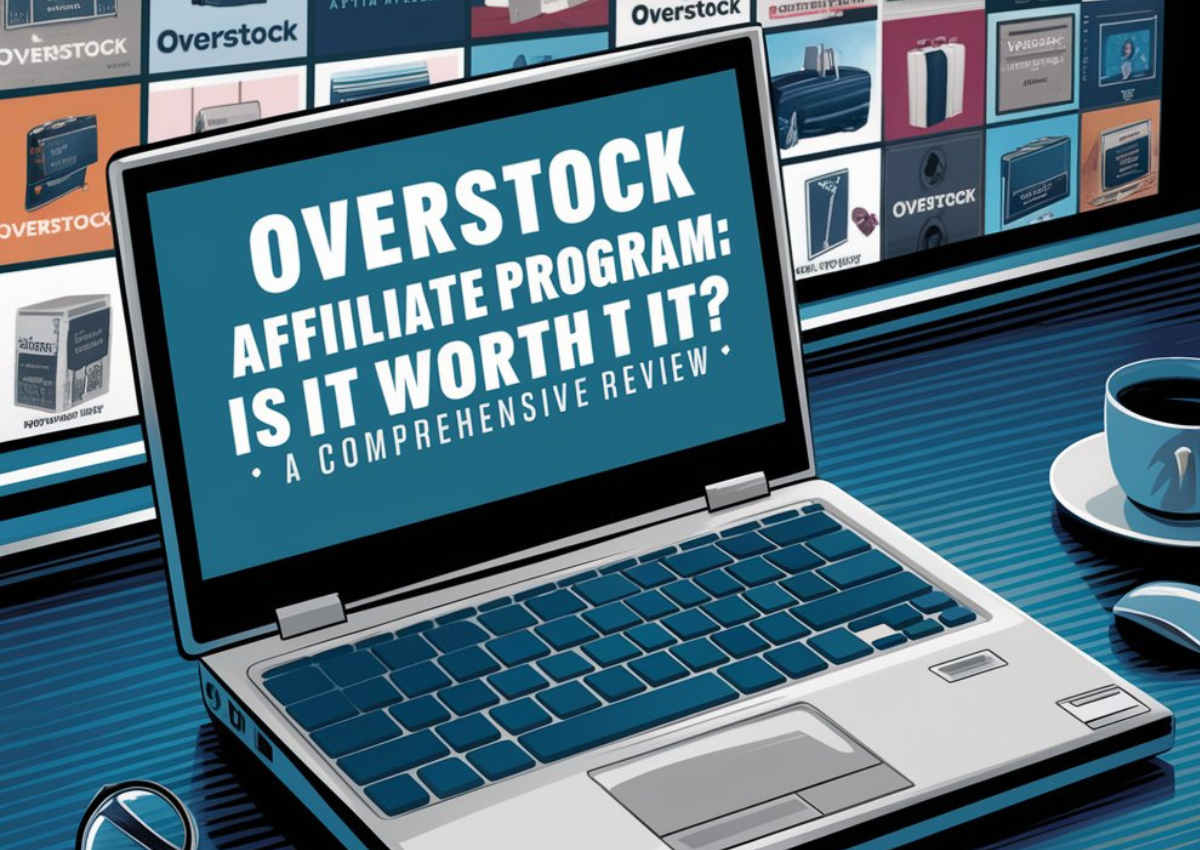
● Introduction: From Zero To Hero: How To Master Shopify Affiliate Marketing As Beginner
Do you find the thought of earning money online intriguing, but you’re not sure where to begin? You only need to consider Shopify affiliate marketing. Affiliate marketing has developed into a lucrative way for people to make passive income by advertising products and receiving commissions, thanks to the growth of e-commerce. Even if you’re a total novice, we will lead you through the process of learning Shopify affiliate marketing from scratch in this in-depth course.

Step 1: Familiarize Yourself with Shopify:
With the help of Shopify, a powerful e-commerce platform, companies of all sizes can design and run their online stores. It’s essential to learn the ins and outs of the platform as a novice in Shopify affiliate marketing. Investigate Shopify’s features, including its customisable themes, payment processing choices, marketing tools, and user-friendly interface.
Furthermore, acquaint yourself with Shopify’s intended customer base. Recognise the platform’s user base, their problems, and the remedies Shopify provides. Having this knowledge will enable you to better target your marketing to appeal to potential clients. Finally, familiarise yourself with Shopify’s options and price. Recognise the variations across plans, the elements they contain, and the ways in which they are tailored to specific business needs. With this information, you can market Shopify to your audience more successfully.
Step 2: Choose Your Niche:
Picking the appropriate niche is essential to your success as an affiliate marketer for Shopify. When selecting a niche, take into account your hobbies, areas of experience, and the demands of your intended market. For instance, if you have a strong interest in fashion, you may concentrate on advertising Shopify businesses that offer apparel, accessories, or cosmetics.

Investigate possible niches to find out how profitable and competitive they are. Seek out markets where there are a fair number of viewers but not an excessive number of affiliate marketers. To determine whether a particular niche is viable, you can use resources like Google Trends, keyword research tools, and competitor analysis. After selecting a niche, think about narrowing it down even more to focus on particular audience segments or subcategories. For instance, you might focus on plus-size fashion, eco-friendly beauty goods, or sustainable fashion as opposed to just “fashion.”
Step 3: Build Your Audience:
Creating a following is essential to any affiliate marketing project. The people who will interact with your material, click on your affiliate links, and possibly make purchases are members of your audience. The following are some methods for growing your audience:

● Create a blog or website:
Launch a website or blog where you can post articles about your niche. This will act as the focal point of your affiliate marketing campaigns and provide you with a stage on which to present your qualifications.
● Social media presence:
Make an online presence on social media sites related to your industry. Distribute informative information, interact with readers, and let your affiliate links grow naturally.
● Email list building:
Urge people who visit your website or blog to sign up for your email list. This enables you to communicate with your audience, offer them insightful content, and directly market affiliate goods.

● Networking:
Make connections with influencers, companies, and other bloggers within your niche. To increase your reach, work together on content, guest post on each other’s websites, and engage in cross-promotion.Although it takes time and work to develop an audience, it’s an essential step in learning Shopify affiliate marketing.
Step 4: Create Compelling Content:
The foundation of any effective affiliate marketing plan is content. Make relevant, high-quality content that connects with your audience and motivates them to act. You can produce the following kinds of content:
● Blog posts:
Write about your niche in-depth product reviews, tutorials, articles, and guides.

● Videos:
Make videos for social media sites like Instagram, TikTok, and YouTube to promote items, offer advice, and visually interact with your audience.
● Social media posts:
Use social media sites like Facebook, Instagram, Twitter, and Pinterest to share interesting stuff. To advertise products and increase traffic to your affiliate links, use descriptions, videos, and photos.
Give your audience something of value when you create content. Talk about their problems, respond to their inquiries, and provide answers that complement the goods you’re endorsing. Admit when you’re marketing affiliate products and be open and honest about your affiliate partnerships.
Step 5: Promote Shopify Products:
Now that you have a loyal following and some excellent content, it’s time to start advertising Shopify products. As a Shopify associate, you may utilise the following tactics to market products successfully:
● Product reviews:
Review Shopify products in-depth, emphasising their features, advantages, and ways in which they address the issues that your target audience has.

● Tutorials and guides:
Make guides or tutorials that show users how to use Shopify products efficiently or accomplish particular goals.
● Curated lists:
In your industry, complete lists of the best Shopify products, such as “10 Must-Have Fashion Accessories from Shopify Stores.”
● Social media promotion:
Post product suggestions and affiliate links along with interesting descriptions and images to your social media accounts.
● Email marketing:
Advertise Shopify products to your email list with product suggestions, exclusive offers, and newsletters.
● SEO optimization:

Make sure your content is search engine optimised to draw in natural traffic. To raise your website’s search engine ranks, make use of meta tags, pertinent keywords, and excellent content.
Try out several marketing tactics to determine which ones convert the most and connect with your audience the best. Use Shopify’s analytics tools or those from other platforms to keep an eye on your performance, track your development, and make any necessary adjustments.
Step 6: Track Your Performance:
To find out what is and is not working in your affiliate marketing efforts, you must track your success. Utilise Shopify’s analytics tools, such the Shopify Affiliate Dashboard, to track performance indicators like earnings, click-through rates, and conversions. Additionally, to learn more about the behaviour of your audience and the efficacy of your marketing activities, you can make use of third-party analytics tools such as Google Analytics.

Examine your performance analytics on a regular basis to spot patterns, chances, and areas that could use improvement. Examine your best-converting items, most effective marketing avenues, and content for patterns.
Make necessary adjustments to your tactics based on your analysis. For instance, concentrate more on writing in-depth evaluations if you find that product reviews encourage the highest conversion rates. If one social media site receives more traffic than another, focus more of your efforts there on boosting your affiliate links.
Step 7: Build Relationships:
Your performance as a Shopify affiliate can be greatly impacted by establishing relationships with both your audience and other affiliate marketers. Interact with your readers on social media, in emails, and in comments.
Address their worries, answer their inquiries, and create a feeling of community around your company. Work together to cross-promote one other’s content and reach new audiences with other bloggers, influencers, and companies in your community.

To build collaborative promotions, giveaways, or affiliate bundles, think about collaborating with Shopify store owners or other affiliates. Developing trusting connections with your peers and audience broadens your reach while boosting your authority and reputation in your field.
Step 8: Stay Updated and Adapt:
Because the affiliate marketing landscape is always changing, it’s critical to keep up with new developments in the field, Shopify platform updates, and industry trends. To stay up to date on the newest advancements, join in online groups, attend webinars and conferences, and read blogs written by industry professionals.
Be prepared to modify your strategy in light of fresh knowledge and understanding. To stay ahead of the curve, do new things, investigate new avenues, and refine what you’ve already tried. In the cutthroat world of Shopify affiliate marketing, you may set yourself up for long-term success by remaining knowledgeable and flexible.
● Conclusion:
A beginner’s approach to mastering Shopify affiliate marketing calls for commitment, perseverance, and thoughtful strategy. You may quickly go from zero to hero by being familiar with the Shopify platform, selecting the ideal niche, growing your following, producing engaging content, successfully promoting Shopify products, monitoring your progress, forming connections, and keeping up to current.
Remember, success in affiliate marketing doesn’t happen overnight.




